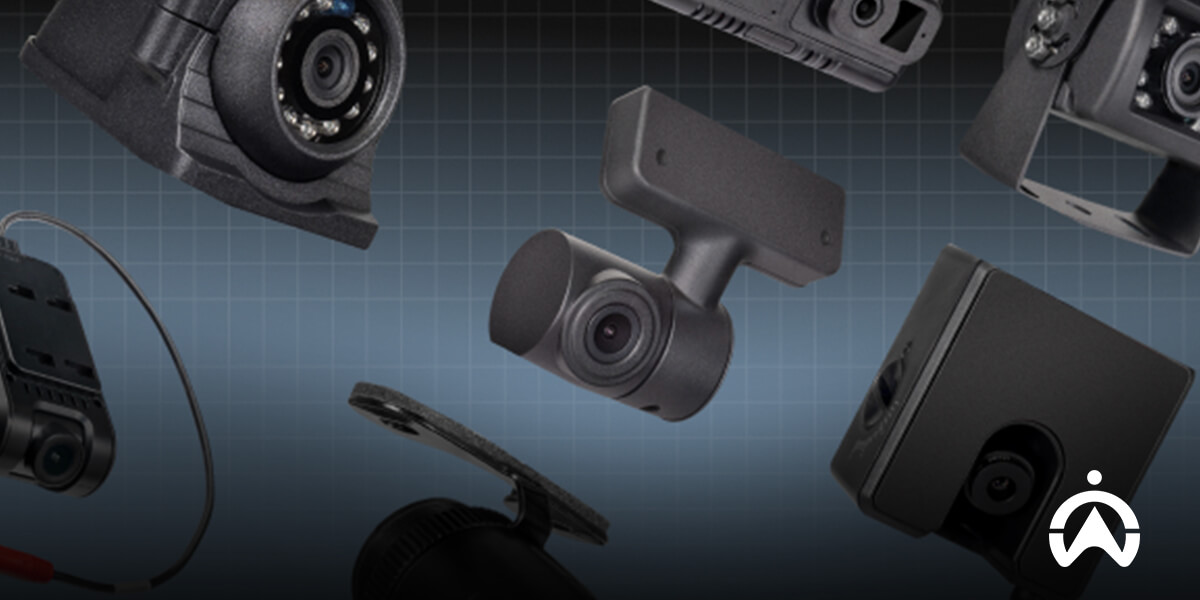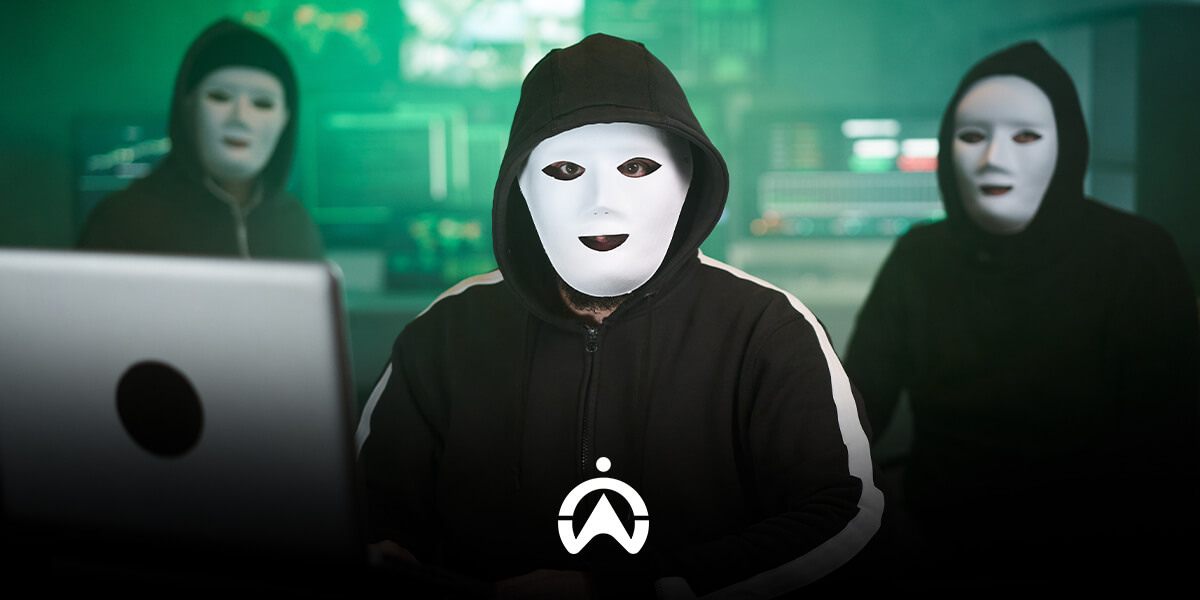Theoretically, yes, a dashcam can get hacked into, but there are safety measures that you can take to ensure your dashcam is secure from any security breaches. In recent years dashcams have quickly become essential in fleet management, providing video evidence, monitoring driver behaviour, and protecting against false claims.
While they bring operational advantages, they can also introduce potential cybersecurity vulnerabilities. Like any device that collects, sends, or stores data, they’re not immune to hacking.
According to Auto Connected Car, incidents of cybersecurity breaches in the automotive and mobility sector jumped from 295 in 2023 to 409 in 2024, with the number of vehicles affected skyrocketing from 5% to 19%.
It’s only natural to question whether dashcams, as connected devices, are at risk when connected cars face such intense targeting. That’s why many businesses trust fleet partners like Cartrack, whose connected dashcams offer advanced security, real-time visibility, and dependable local support.
Although rare, yes, your dashcam can be hacked, just like any other connected device. This is especially true when they're connected to an unsecured internet or cloud service. Hackers can tap into stored files, GPS data, and video feeds by exploiting weak passwords, outdated firmware, or vulnerable networks. To stay safe, you need solid cybersecurity measures in place.
Here’s how it can happen:
Think of it like leaving your office door unlocked. Although most people wouldn’t just walk in, there’s still a risk.
Your entire fleet’s operational security is at risk if a dashcam is hacked. When dashcams get compromised, it’s not just the video footage at stake. Cybercriminals can access GPS data and vehicle routes as well, which puts your drivers' privacy and safety at risk. It can place your entire company at a security risk.
Here’s what could go wrong:
There are four common dashcam security risks that can cause your fleet to be compromised. Outdated software, weak passwords, and unsecured networks pose the biggest risks to fleet cybersecurity. Below, you'll find a brief overview of the key dashcam security threats and what they could mean for your drivers, vehicles, and business.
There are a few signs that your dashcam might have been compromised. You can keep your fleet safe from major operational and data risks by spotting the warning signs of a hacked dashcam. Cyberattacks often hide in plain sight, but a few red flags can signal something’s not quite right.
If you notice any of these red flags, unplug the dashcam from its network, update all access credentials, and get in touch with your provider straight away. With secure tech and quick support from reliable partners like Cartrack, we can swiftly identify and contain potential breaches—keeping your operations safe and sound.

You can prevent dashcam hacking by having strong cybersecurity habits. Fleet managers need to ensure all passwords are complex and unique, that they utilise secure networks, and also that they regularly update firmware. To safeguard connected devices across your fleet, team up with a trustworthy telematics provider like Cartrack.
Team up with well-known telematics firms like Cartrack, who have solid cybersecurity measures in place. Make sure they adhere to rigorous data protection and encryption guidelines. Seek out providers with clear security policies and accessible local customer support.
Check in with your dashcam provider for any updates. These updates tackle security flaws and fix bugs. To keep things secure, schedule monthly maintenance.
Change those default passwords immediately. Use long, complex combinations of letters, numbers, and symbols. If two-factor authentication is an option, activate it.
Avoid connecting dashcams to public Wi-Fi. For data transfers, stick to secure networks or VPNs. Stay vigilant for any unusual login activity.
Ensure your provider encrypts all video files. Limit access to saved videos. For added security, implement role-based permissions.
Teach drivers the basics of cybersecurity. Motivate everyone to report alerts or suspicious activity. Make data protection a daily part of fleet operations.

Build a culture of cyber awareness to safeguard your fleet. Your team (not just your tech) is your first line of defence in cybersecurity. If your staff doesn’t grasp basic digital safety, even the most advanced dashcam systems can’t keep your fleet safe.
Regular training sessions and workshops can help embed these habits naturally. When employees understand the "why" behind data protection, they’re more likely to take ownership. You can also draft simple internal policies or quick reference guides to help teams stay consistent.
With a cyber-aware company culture, every employee becomes a line of defence. This empowers your team and strengthens your fleet against potential hacking attempts and data breaches, boosting your company’s security and resilience.
Choosing the right dashcam supplier goes beyond just getting high-quality footage; it’s crucial for ensuring your data stays safe throughout the journey. A trustworthy partner like Cartrack safeguards your fleet’s information at every step with local data hosting, automated software updates, and secure, encrypted networks.
Cartrack's dashcam solutions offer you full visibility, control, and peace of mind by effortlessly integrating with its fleet management system. Enjoy a secure operation without any added stress, thanks to round-the-clock local support.
Dashcams can store footage for a few days to several weeks before it’s overwritten, depending on the storage capacity and resolution settings. When the RAM is full, it automatically overwrites older files. To make sure you don't lose important footage, turn on manual file saving or set up cloud backup.
Yes, dashcam footage can be used as legal evidence in court cases, insurance claims, and investigations in South Africa. It provides unaltered, time-stamped proof of events, helping to clarify responsibility or blame. The video footage must be legally recorded and safely stored to avoid tampering in order to be admissible.
The main difference between a front-facing and a dual-channel dash cam is the area monitored. A dual-channel dashcam captures both front and rear views, whereas a front-facing dashcam just shows the road ahead. Dual-channel models are ideal for commercial and fleet use, providing enhanced protection by monitoring driver behaviour and surrounding traffic.
No, dashcams typically won’t drain your vehicle’s battery and will use minimal power while you're on the move. Most models feature standby or low-power modes to conserve energy when parked. You can easily prevent long-term battery drain with the right setup and installation.
You should service or check your fleet dashcams at least once a month to ensure they are recording, uploading, and updating properly. Regular checks ensure that the footage is high-quality, help you find problems early, and keep the firmware up to date for the best security and performance.

Dashcams boost safety and visibility — but are they vulnerable to hackers? Learn how to protect your fleet’s data and devices with Cartrack’s secure dashcam solutions.